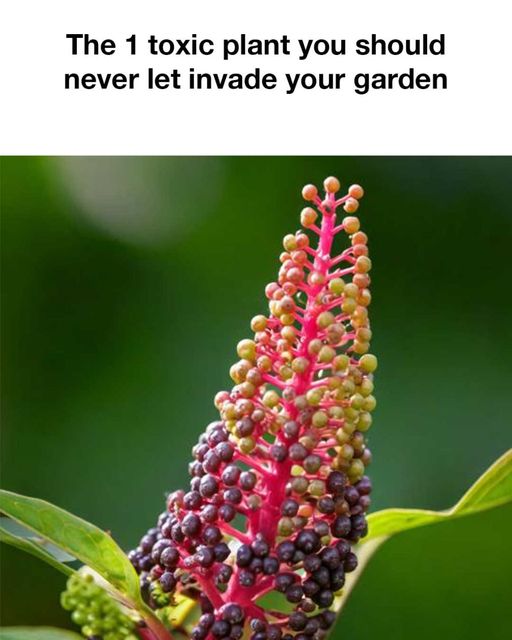ADVERTISEMENT

ADVERTISEMENT
the toxic plant you should never let invade your garden: Pokeweed
The Toxicity of Pokeweed and Its Effects
All parts of the pokeweed plant contain toxic compounds such as saponins, alkaloids, and lectins, with the roots being the most toxic. Ingesting any part of the plant can lead to symptoms including nausea, vomiting, diarrhea, and abdominal pain. Severe cases of poisoning can result in respiratory failure or convulsions. While some traditional medicines have used pokeweed in small amounts, it is critical to understand the plant’s potential dangers and to prevent accidental ingestion by humans or pets.
Common Mistakes Leading to Pokeweed Infestation
A common mistake that leads to pokeweed infestation is allowing the plant to go unnoticed or misidentifying it as a harmless weed. Additionally, gardeners may inadvertently spread pokeweed by not removing it properly, allowing seeds to disperse and infect new areas. Failing to address an infestation in its early stages can result in rapid spread, as pokeweed has a taproot system that allows it to regenerate if not completely eradicated.
Effective Ways to Control Pokeweed Spread
To control pokeweed, it is crucial to address it early before the plant matures and produces seeds. Regular monitoring of your garden can help in identifying young plants that are easier to manage. Biological control methods, such as mulch or competitive planting, can also be effective as they prevent sunlight from reaching the pokeweed seeds, hindering their growth. For more significant infestations, manual removal is recommended, as well as the application of targeted herbicides designed to kill broadleaf plants.
ADVERTISEMENT